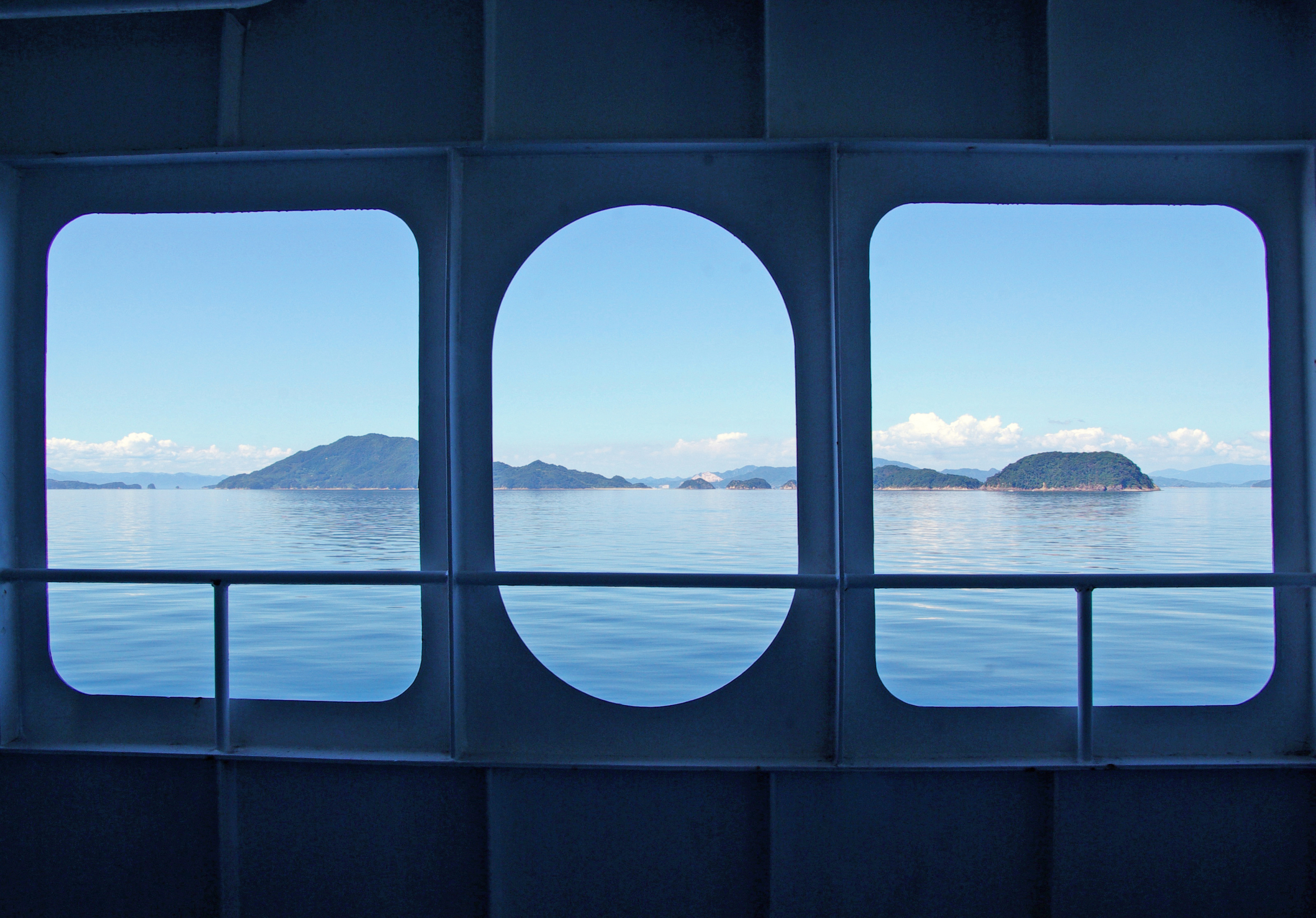In the new age of experience that defines the travel accounts on Japan from the immediate pre- and postwar periods, writers began resisting the easy enamor of the Orient. Instead of viewing Japan as an exotic wonderland, they took a more considered, critical view of what they encountered.
In "A Superficial Journey Through Tokyo And Peking," English writer Peter Quennell begged to differ from the rapturous praise being heaped on architect Frank Lloyd Wright's design of the newly opened Imperial Hotel in Tokyo. He describes the structure as having a "queer facade, its pretentious squat symmetry" recalling a "modernist chest-of-drawers in stone and brick, the stone used being of a repellently porous type, pocked with large holes like a Gruyere cheese."
The poet Edmund Blunden, who taught at the University of Tokyo in the 1920s and then returned after the war, gained two very different perspectives on the country. Belonging to a generation habituated to disaster, his experiences of Tokyo after the 1923 Great Kanto earthquake were captured in "A Wanderer In Japan," first published in 1950.


















With your current subscription plan you can comment on stories. However, before writing your first comment, please create a display name in the Profile section of your subscriber account page.